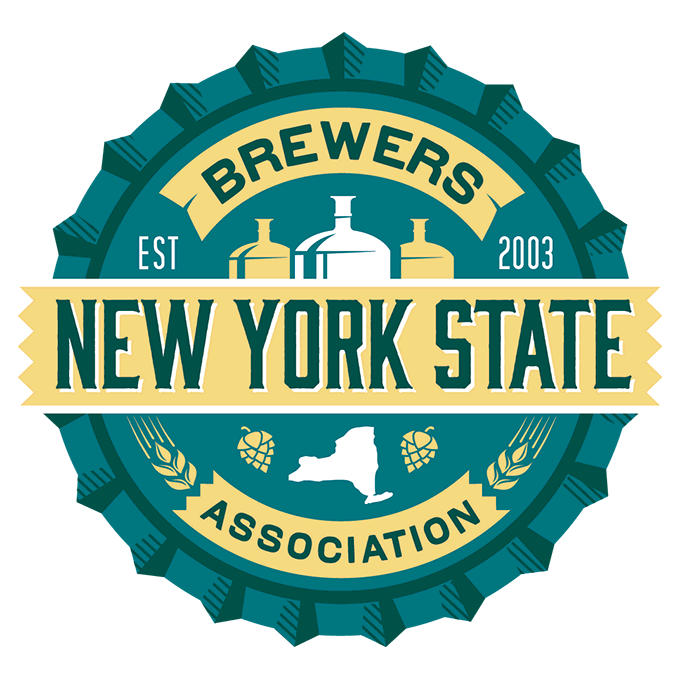
The effort focuses on EPA’s Risk Management Program and OSHA’s Process Safety Management Program. These programs are very similar, except for their objectives: EPA’s is to protect human health and the environment and OSHA’s is to protect worker safety. EPA and OSHA inspectors are “cross-trained” to identify the other agency’s potential regulatory concerns. This is important because a client’s facility may have an OSHA inspection and, depending on the inspector’s observations, shortly thereafter the facility may also be the recipient of an EPA inspection or vice versa. A specific hazardous chemical target for both EPA and OSHA is anhydrous ammonia, which is commonly used in refrigeration processes. Anhydrous ammonia is widely used as a refrigerant in production, distribution and warehousing operations. Other chemicals that may be of concern for brewing operations include acids or bases used in cleaning. Click here for a complete list of chemicals of concern for EPA and click here for the OSHA list.
As an enforcement priority, EPA and OSHA have targeted facilities that store and use the refrigerant anhydrous ammonia under the EPA Risk Management Program and OSHA’s Process Safety Management regulations (collectively RMP/PSM). The RMP/PSM regulations are performance-based and highly technical in nature. The regulations require facilities to have detailed operating procedures, perform ongoing inspections of the equipment, train employees and maintain extensive documentation. NP’s Environmental Engineers and Scientists have assisted a number of clients prepare for EPA and OSHA compliance inspections by reviewing documents and conducting onsite reviews to determine the quality of the facility’s overall preparedness, prevention and emergency response program.
Please feel free to contact either Elaine Enfonde or Rick Marx if you have questions or wish to discuss this information in more detail.
